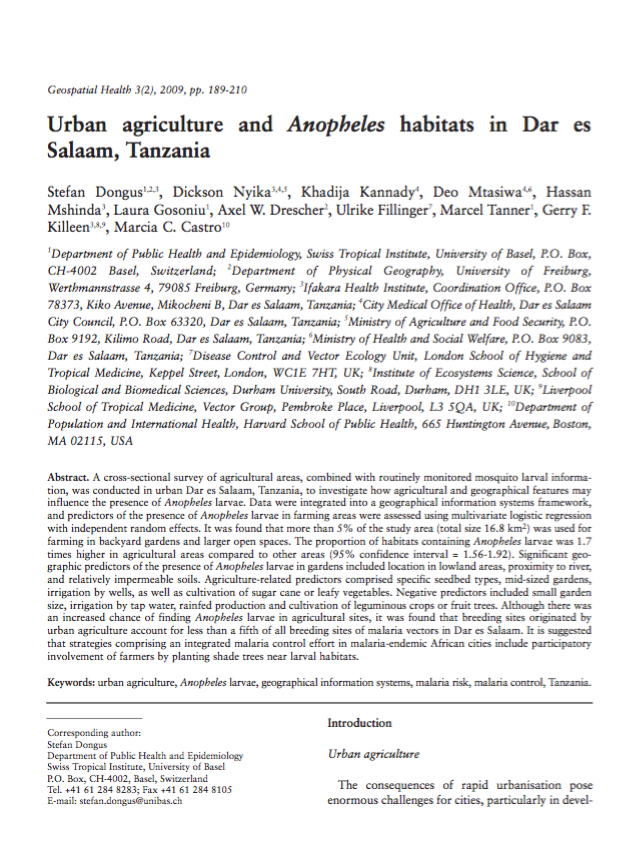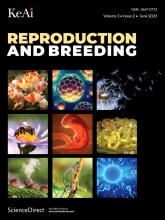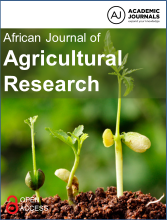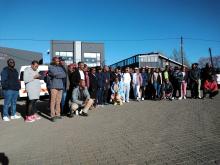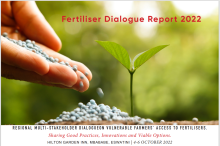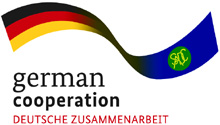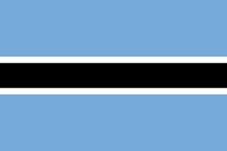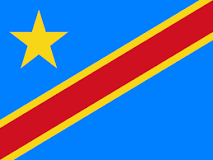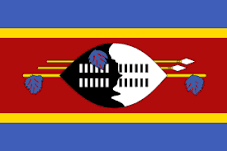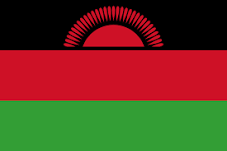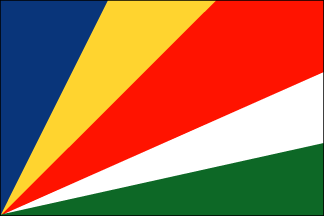A cross-sectional survey of agricultural areas, combined with routinely monitored mosquito larval informa- tion, was conducted in urban Dar es Salaam, Tanzania, to investigate how agricultural and geographical features may influence the presence of Anopheles larvae. Data were integrated into a geographical information systems framework, and predictors of the presence of Anopheles larvae in farming areas were assessed using multivariate logistic regression with independent random effects. It was found that more than 5% of the study area (total size 16.8 km2) was used for farming in backyard gardens and larger open spaces. The proportion of habitats containing Anopheles larvae was 1.7 times higher in agricultural areas compared to other areas (95% confidence interval = 1.56-1.92). Significant geo- graphic predictors of the presence of Anopheles larvae in gardens included location in lowland areas, proximity to river, and relatively impermeable soils. Agriculture-related predictors comprised specific seedbed types, mid-sized gardens, irrigation by wells, as well as cultivation of sugar cane or leafy vegetables. Negative predictors included small garden size, irrigation by tap water, rainfed production and cultivation of leguminous crops or fruit trees. Although there was an increased chance of finding Anopheles larvae in agricultural sites, it was found that breeding sites originated by urban agriculture account for less than a fifth of all breeding sites of malaria vectors in Dar es Salaam. It is suggested that strategies comprising an integrated malaria control effort in malaria-endemic African cities include participatory involvement of farmers by planting shade trees near larval habitats.
Urban agriculture and Anopheles habitats in Dar es Salaam, Tanzania. Stefan Dongus, 2009.

